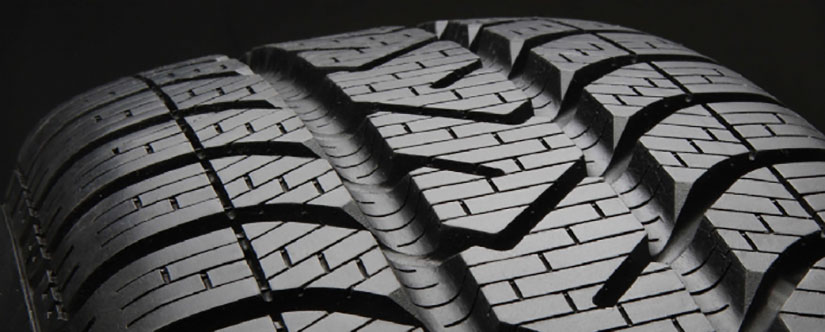During the colder months of the year, it is important that you switch to winter tyres from your summer tyres. The former have properties that are different from the latter that can make driving in icy and wet conditions safer. Below are the reasons why you should consider using winter tyres during the colder season.
Improved Braking on Snow and Ice
Winter tyres are designed to provide better grip when the roads are wet, icy and/or topped with snow. Because of the better grip, braking is improved as well. The braking distance when using winter tyres will be reduced in ice and snow, compared to that when using typical summer tyres. During snowy conditions, the braking distance with winter tyres will be half of that of summer tyres when the car is going more than 30 miles per hour.
Provide Great Performance during winter
People have the misconception that winter tyres are used when it’s snowing. The truth is that winter tyres have been designed to be effective when the temperatures have reached below 7 degrees Celsius. During icy and wet conditions, winter tyres will provide the much needed braking performance and stability. The tyres have better grip than their summer counterparts.
Get Better Control
As mentioned before, winter tyres provide better grip on wet ad icy roads. This is because the tyres have been made with more natural rubber that doesn’t harden when the weather is cold. The tread of the tyres are also designed to bite into ice and snow through its interlocking grip. The tread design and material used in winter tyres provide good traction on icy conditions. You’re less likely to lose control if you switched your tyres for the season.
Lower Risk of Aquaplaning
Aquaplaning or hydroplaning is when you lose traction due to water. The treads of the winter tyres allow you to disperse water away and help avoid aquaplaning.
High Performance on Rear Wheel Cars
Rear wheel car owners know the dangers of fishtailing when there is snow on the road. One of the main reasons why front wheel cars don’t fishtail is because of the weight of the engine that is on top of the front axle, which gives the front tyres more grip. Rear wheel cars push the car forward instead of pulling it. The pushing motion has less control on icy surface, which makes it skid to one side. With winter tyres, you are able to have better performance with your rear wheel car.
Requirement in Some Parts of EU
While it is a legal requirement in some parts of the EU, winter tyres are not required in the UK. But it makes sense to switch to winter tyres if you’re going abroad with your car, especially in Austria and Germany where it is mandatory to have them installed.
As you can see, it’s important to switch to winter tyres during the cold months of the year. And when winter is gone, you should switch back to your summer tyres. It is recommended to put your winter tyres on in October, and then go back to summer tyres at the start of March.
